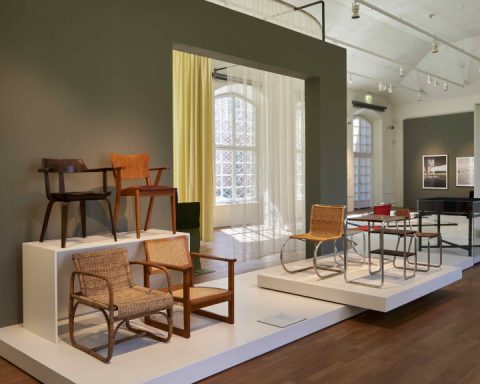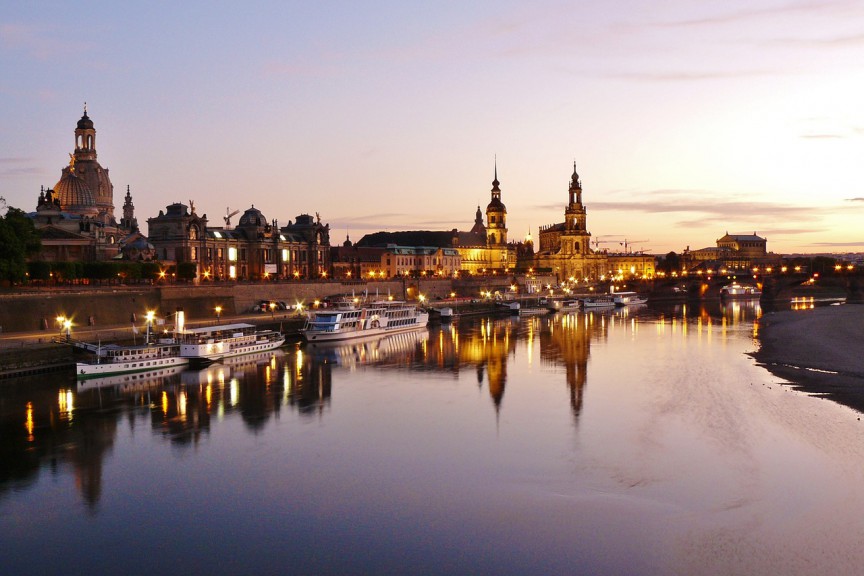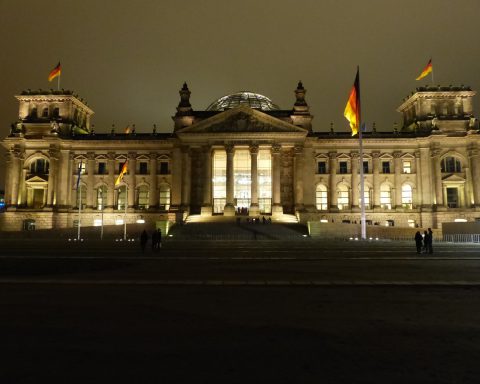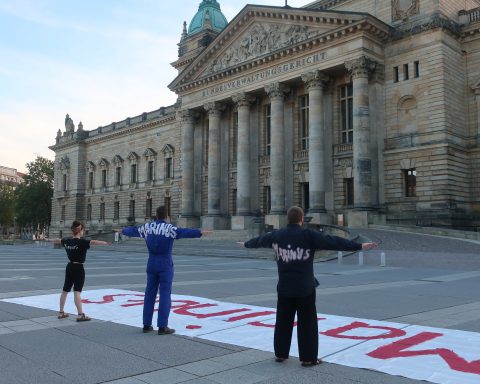We got to chat with Petra Köpping about her experience as a young politician in the GDR around the Peaceful Revolution. She is now the Minister of State for Equality and Integration of Saxony and the author of the book Integriert doch erst mal uns! Eine Streitschrift für den Osten (or in English, Integrate us first! A polemic text for the East).
She has been involved in politics since 1985. In 1989, she became the mayor of Großpösna, a municipality just outside of Leipzig, neighboring Liebertwolkwitz. Because of this, she is a great person to talk to about politics of the GDR, offering us a whole new perspective on the matter.
How did one get involved with the GDR government?
The GDR was a one-party state. This party was called The Socialist Unity Party (SED), which was formed in 1946. The party stayed in power until its dissolution in 1989 following the Peaceful Revolution.
In a few words, you had to become a comrade, know the right people and know how to climb up the ladder of power. Köpping became mayor at 31, a relatively young age for that position, and started her service in May of 1989. This means that her membership with the SED and her “power” in office only lasted a few months.

How did the Peaceful Revolution look from a politician’s perspective?
“The Peaceful Revolution did not happen overnight. It was a process. And this process was more noticeable during the summer of 1989. Where we could see that many people were angry and wanted to leave Saxony and the GDR.” This experience for her as a young mayor was a little different than for those in higher positions of power.
“Suddenly no one was there anymore. There was no one in the kindergartens to take care of the children, for example. Teachers were not coming back… it was about June and July that people started leaving the country.”
She explains she was just as confused as the rest of the people. “I contacted the party asking what was going on. ‘What are you going to do? What can we do?’ And I never got an answer back. Then, I decided to scratch my name out of the SED book. I didn’t want to be a member of that party anymore.”
What did you do as mayor of Großpösna?
“We conducted our own event in the fall of 1989, where we wanted to summon all citizens together. Me, as a very young mayor, thought to myself that about 100 or 200 people would come. But to my surprise more than 1,000 people from Großpösna and surroundings came.” At the time, Großpösna had a population of about 4,000 people. Considering that a quarter of them was present in that demonstration shows just how much the people wanted a change.
“We also invited the SED leaders from the county. I can remember exactly what happened: none of them could say anything. As soon as they appeared the whole crowd started booing.”
Apart from the event she organized herself, there was another demonstration in Großpösna. That one was not as big as the one held in Leipzig. “There was a small demonstration. And I say ‘small’ loosely, because at the time we had no idea of the real size and reach of the revolution. Right after that, the borders opened again, and we could not believe it!”

Köpping is now a member of the SDP.
Following Reunification, she had to learn how to integrate herself into a new political system. This took her into a completely new direction. “After the revolution, I said to myself I would never do politics again.” She worked for some years at DAK (Deutsche Angestellten-Krankenkasse, a German employee health insurance). “The main idea was to take care of people, earn money and see how I would eventually cope with the new system.”
She ultimately returned to politics. She was again elected mayor of Großpösna, and stayed in that role from 1994 to 2001. After that, she worked in other various positions in the Saxon government.
“We all had a lot of hope after the reunification. Some of us were successful and could reintegrate ourselves back into the new governing system. Unfortunately, some of us could not.”
This brief talk I had with Köpping was a great eye-opener, but our exploration continues. This article is part of the LeipGlo series on the Peaceful Revolution, which will also feature a historian and a local father and daughter.









